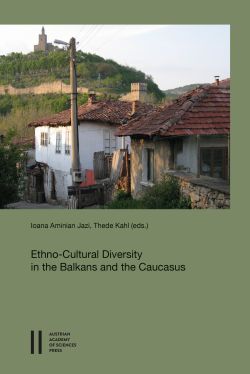
Ethnocultural Diversity in the Balkans and the Caucasus, pp. 21-35, 2023/02/09
The main question with which this paper is concerned has to do with how the Wallachians, Moldavians, Bulgarians, and Georgians were able to maneuver among neighboring great powers, notably Russia and the Ottoman Empire in the second half of the 18th century. Both the peoples of the region and the great powers had to consider the apparent inexorable decline of the Ottoman Empire and what would take its place. The Wallachians, Moldavians, Bulgarians, and Georgians, each in their own way, had to decide whether their survival would depend primarily on an accommodation with Orthodox Russia or by strengthening their ties to “Europe”. The rationale behind choosing the latter option would be in providing a counterweight to Russia, the Ottoman Empire, and, in the case of Georgia, Iran. Russia pursued a generally activist policy, and the peoples of the region responded as best they could to these initiatives in order to preserve their respective identities and communities. Of much importance in their endeavors were the participation of their respective Orthodox Churches, the efforts of intellectuals to cultivate a sense of ethnic distinctiveness, and, no less important, disagreements among the great powers about what should be done.
Keywords: Wallachians, Moldavians, Bulgarians, Georgians, Russia